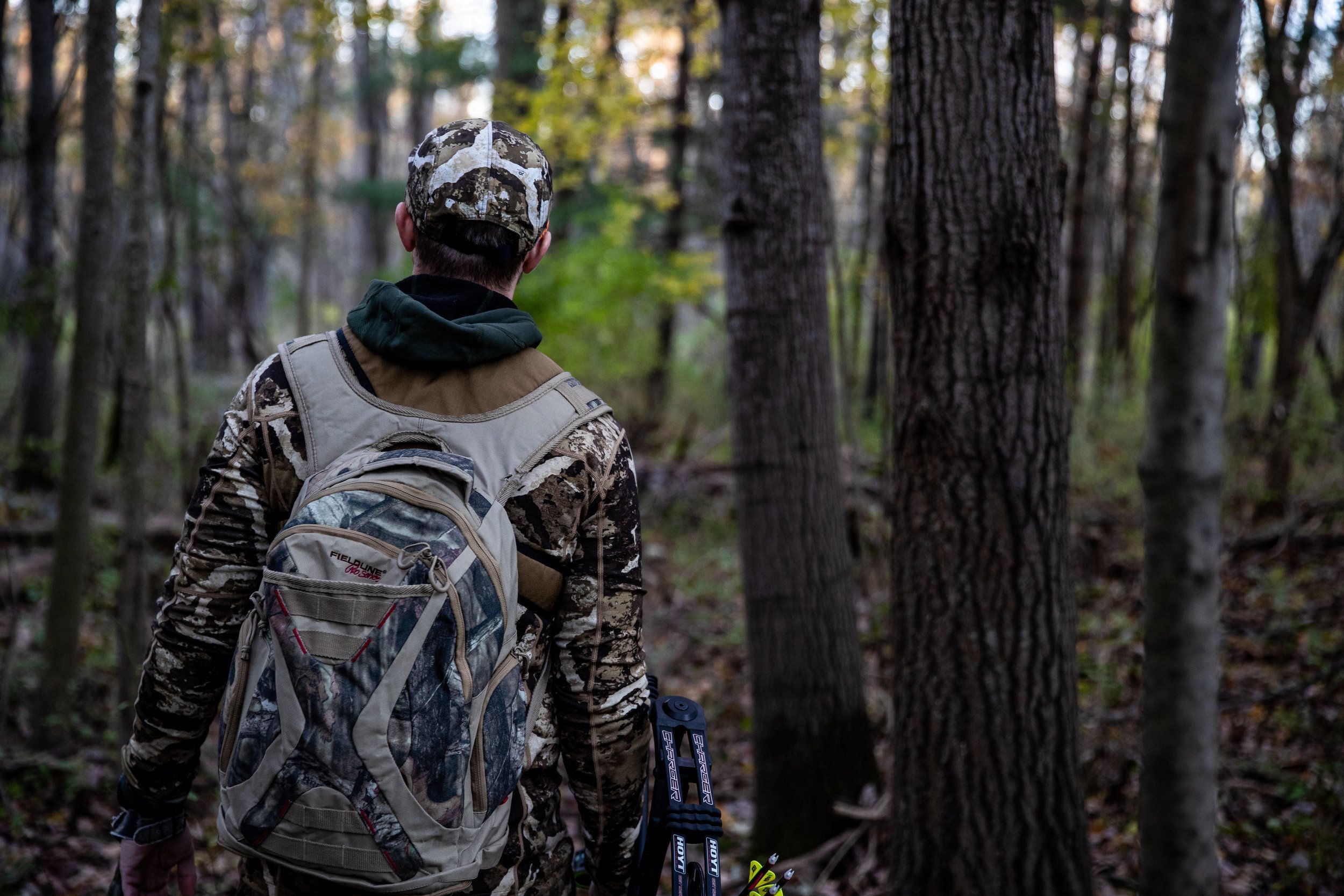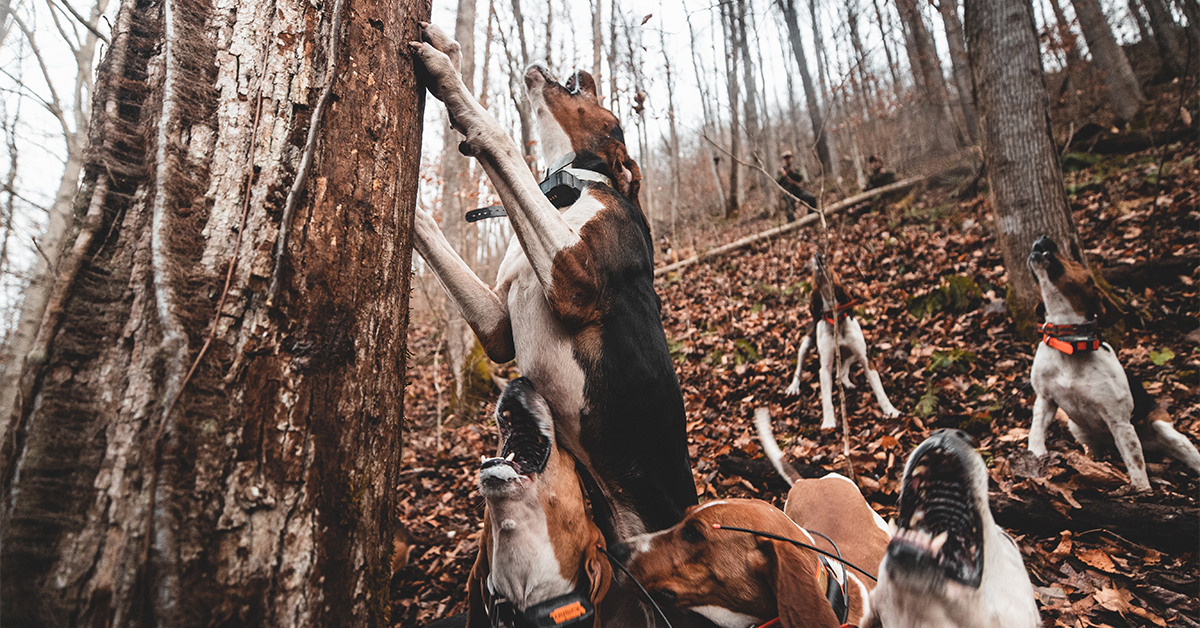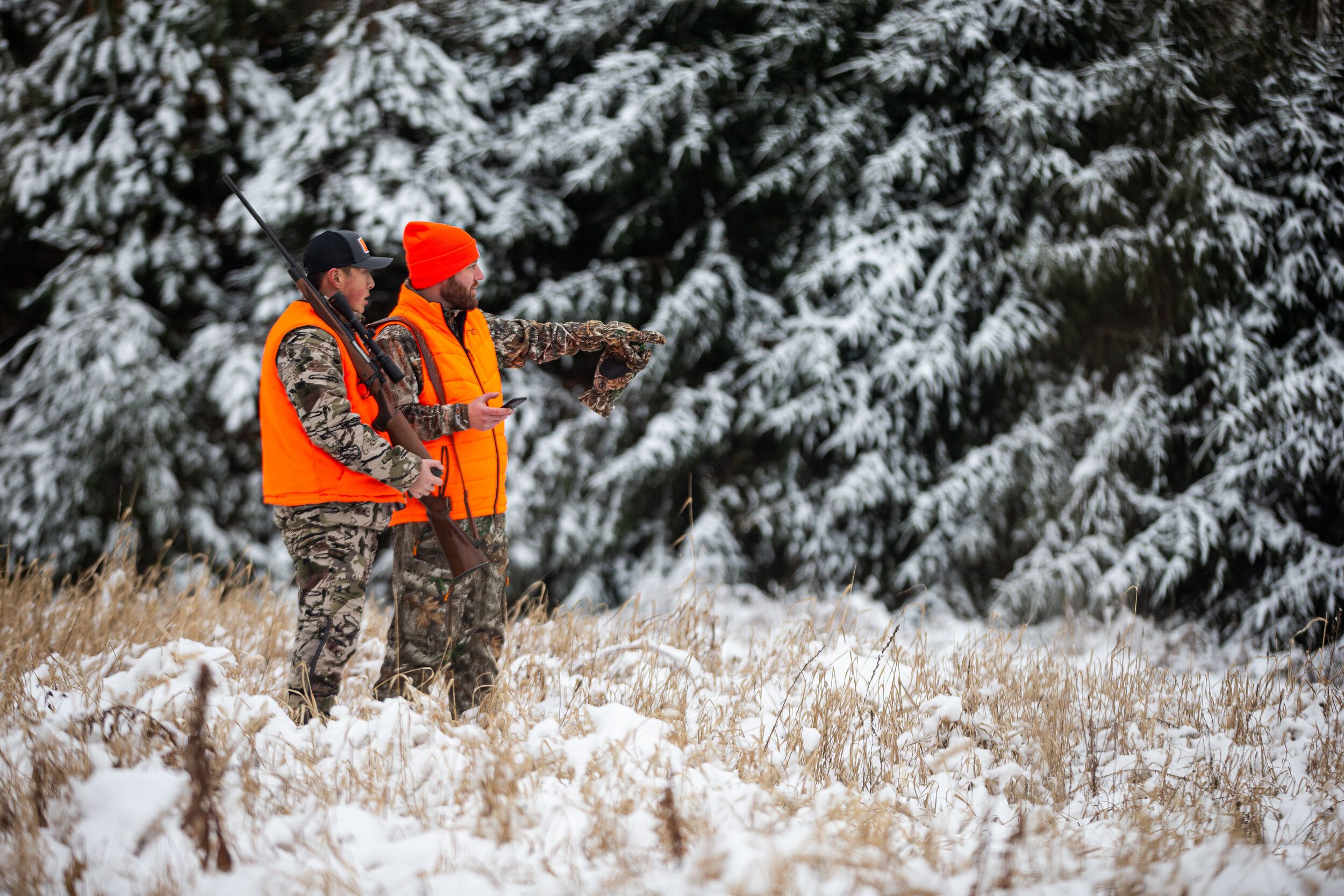Field Guide / Bear
What Hunters Need to Know About CWD
The topic of Chronic Wasting Disease, or CWD, is mysterious and scary for many hunters. CWD is spreading in deer herds across North America. In several locations around the U.S. where the disease is established, infection rates may exceed 10 percent. CWD has spread to the deer herd population state of Michigan a few years ago, this year, the Michigan Department of Natural Resources (DNR) is taking measures to eradicate and monitor the disease.
Previous in Bear
More Content Like This
4 Black Bears in 36 Hours: Experiencing the Chase
In early December of 2020, the HuntWise crew and Bowga Hunting, a group of avid bowhunters, packed up the cars and began our drive to Southern West Virginia in search of mountains, rugged terrain, and black bears.Read More
Read More
Hunting Gear: 8 Items Every Hunter Should Always Have In Their Bag
Being prepared in the field while hunting deer, turkey, or other wild game means having the right gear on hand. So, what should you take on your next hunt?Read More
Read MoreHunting Cold Weather Bucks: How to Stay Warm During the Late Season
More times than not, the late season offers some of the best hunting opportunities of the year. Big bucks that survived both archery & rifle season are often forced into the open to feed midday and all you have to do is prepare, and be ready. However...Read More
Read More Bear
Bear4 Black Bears in 36 Hours: Experiencing the Chase
In early December of 2020, the HuntWise crew and Bowga Hunting, a group of avid bowhunters, packed up the cars and began our drive to Southern West Virginia in search of mountains, rugged terrain, and black bears.Read More
Read More Bear
BearHunting Gear: 8 Items Every Hunter Should Always Have In Their Bag
Being prepared in the field while hunting deer, turkey, or other wild game means having the right gear on hand. So, what should you take on your next hunt?Read More
Read More Bear
BearHunting Cold Weather Bucks: How to Stay Warm During the Late Season
More times than not, the late season offers some of the best hunting opportunities of the year. Big bucks that survived both archery & rifle season are often forced into the open to feed midday and all you have to do is prepare, and be ready. However...Read More
Read More
1 of 3
